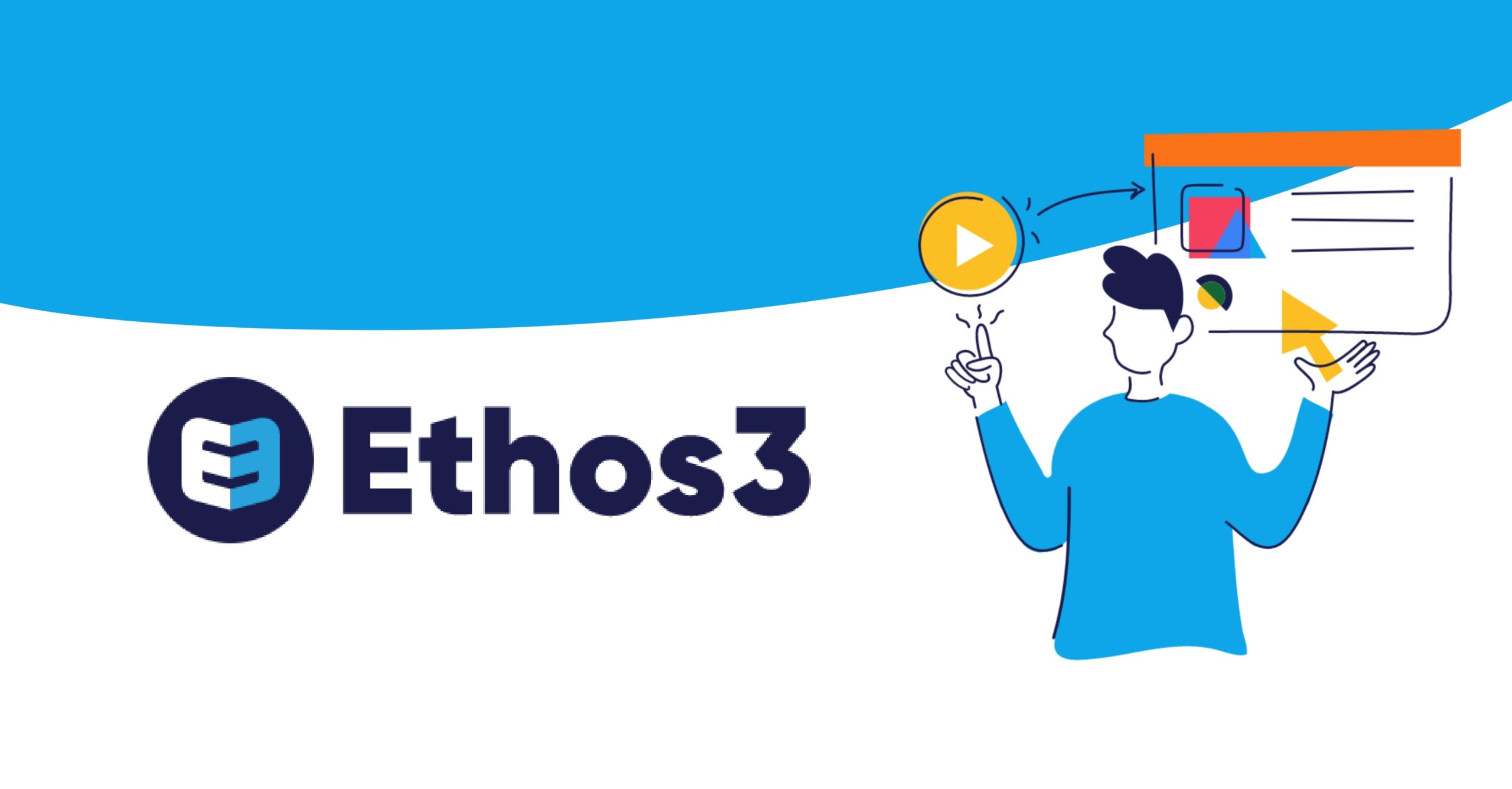I’m a college professor, so I’ve been watching ChatGPT and similar AI content generators closely. The technology for prompt-based content and images is getting so good that most of our plagiarism checkers can’t touch them. At least not yet. And according to truepic.com, a company committed to empowering transparency and trust in online content, 51.1% of online misinformation comes from manipulated images. Which means it’s getting more and more difficult to believe what we see and hear.
At Ethos3, we’ve had our eye on AI for a while. We know it has incredible potential. But is that potential for good or for harm? In the next few minutes, we’ll explore an ancient Greek term, share what that term has to do with AI, and help you understand your role in creating presentations in a world where content is increasingly shaped by AI technologies.
The Pharmakon
Plato uses the Greek term pharmakon in his text the Phaedrus. This ancient word means both “poison” and “cure.” French philosopher Jacques Derrida explains this concept of binaries saying that things often have the potential both to save us to and to harm us. Like the flip sides of a coin, they can be both incredibly helpful and incredibly destructive. For example, the invention of automobiles allowed us to traverse at speeds previously unthought of and to expand our travel horizons. However, that same invention also brought about car accidents and the resulting injuries and deaths which occur in devastating numbers every year. Social media is another example of a pharmakon. It allows us to stay connected with others from great distances, to share our lives, to garner support for important causes, and more. But it also leads to anxiety, isolation, and the pressure to perform and filter ourselves.
So what does that have to do with AI?
AI has the same kind of potential to do both great things and terrible things. We can save a lot of time and money using AI tools in presentation design programs like PowerPoint’s Designer. If we can’t find the kind of image we are looking for in a stock photo bank, we can easily create one in Canva using their text-to-image tool. These are just a couple of the really exciting developments in the world of AI.
However, the same technologies are available to those who want to mislead or divide us, and they are using them with incredible skill. But that doesn’t mean we have to be afraid of them. We just have to educate ourselves and continue to push for them to be used for good rather than harm. We have to keep the pharmakon within our sight and grasp.
What can you do?
Be careful where you get your content.
When you are using online content like stock images for your presentation design, you should know how those images were created and whether AI technology was involved. Most large stock image banks like Adobe now have guidelines in place which require creators to mark and label images which have been created using AI technology. When creating your slide deck using online photos and images, take a few extra seconds to check the image description.
Clearly communicate the nature of your content.
If you do choose to use AI technology in your presentation design, let the audience know that. Your transparency can help build trust in an age where it’s getting more and more difficult to believe what we see. As statistics from truepic.com indicate:
2.8 billion people regularly use image editing apps
4.7 billion images are created every day
Each of us can do our part to help our audience members care about content transparency by setting the example of good practice: we give credit where credit is due.
Educate yourself on AI technology developments.
A lot of fear tends to disappear once we educate ourselves. Below are a few tools you can use to help build your awareness and understanding of AI technology.
- Check out our tips on how to spot an AI-generated image.
- Browse the recent New York Times article, “See How Real AI-Generated Images Have Become” to see if you can figure out which of 6 images are real and which are fake.
- Check out the resources available at truepic.com. This is one of the companies on the forefront of the battle for content authenticity. They are part of the Content Authenticity Initiative (CAI) which is “a consortium of industry partners that was formed to develop standards and technologies for ensuring the authenticity and integrity of digital media. The CAI was launched in 2019 by Adobe, the New York Times, and Twitter, and has since grown to include other industry partners, such as Truepic, Google, and Microsoft.”
Do we think you should be afraid of AI? No. But as presenters and designers, we do need to be aware of how it is being used. Presentations ultimately rely on our audience members’ trust in both what we say and in what we show. We are living in an age where AI can threaten to erode that trust. But we are also living in an age where we have the power to fight back with good practice and well-informed and well-intentioned use of developing technologies.
Want to learn more about how presentations in the modern era have changed, and what you can do to take them to the next level?
Looking For Powerpoint Design Agency?
Call Pursho @ 0731-6725516
Telegram Group One Must Follow :
For Startups: https://t.me/daily_business_reads
#Scare






